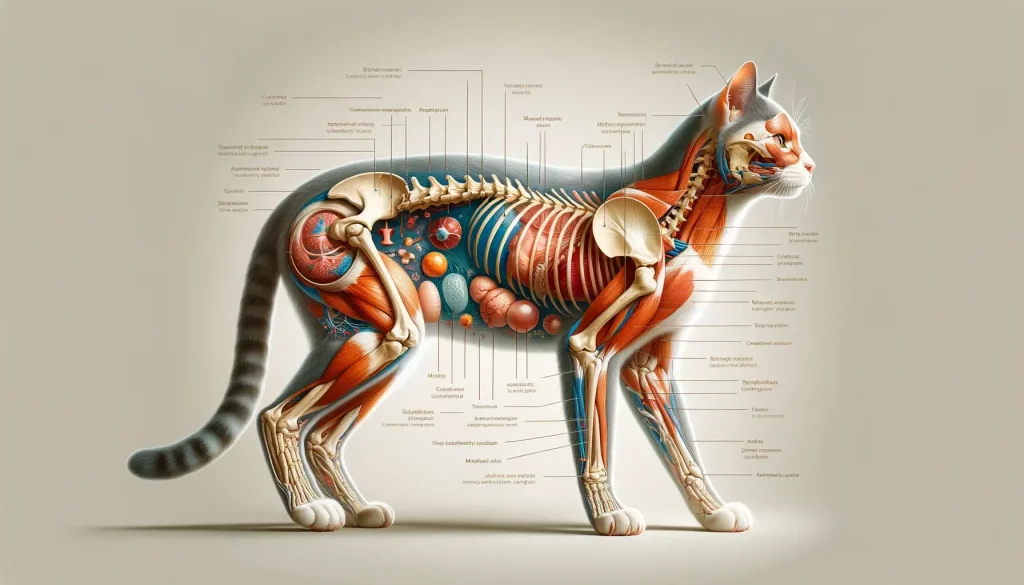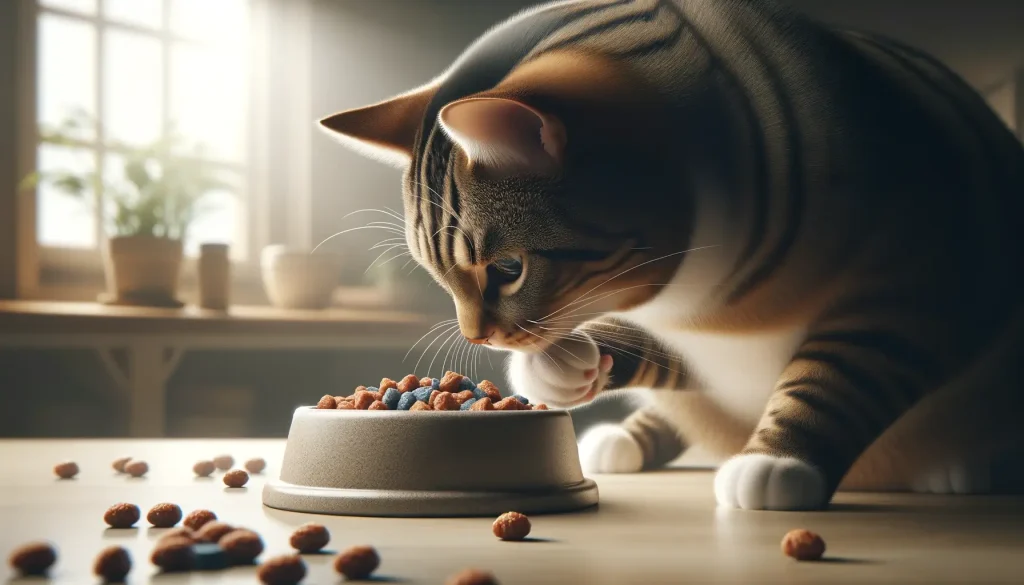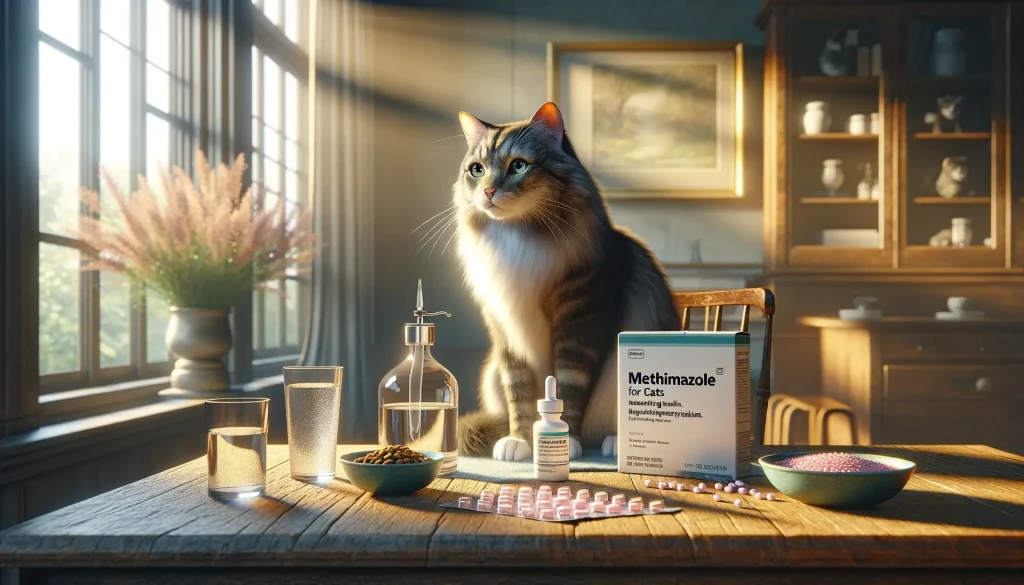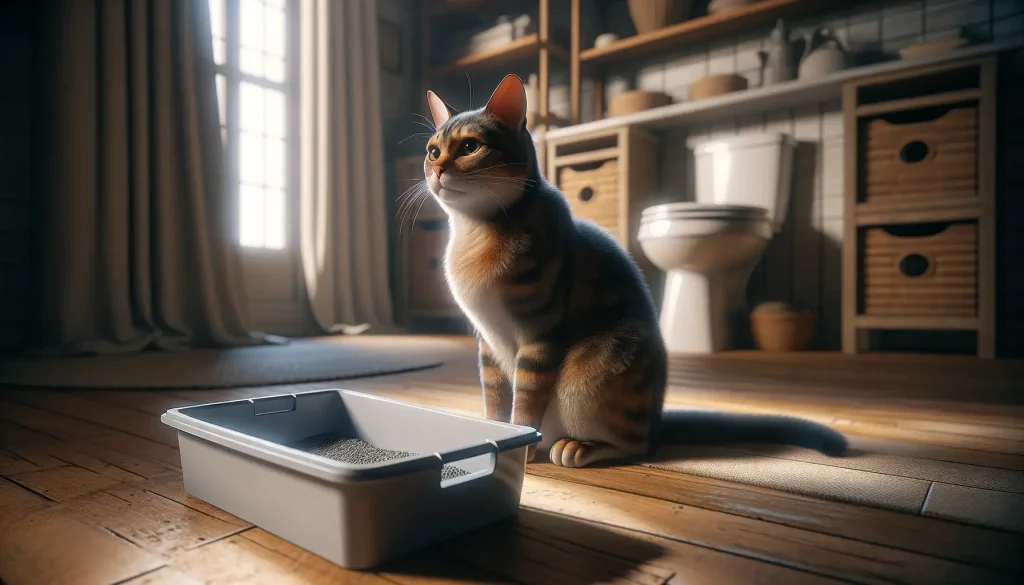
Do Male Cats Really Have Nipples?
When you think of male cats, nipples might not be the first thing that comes to mind. However, the truth is that male cats do have nipples. This might come as a surprise to many pet owners, but it’s a fascinating aspect of their anatomy. In the mammal world, it’s common for both genders to start with similar embryonic tissue, which includes the development of nipples. For male cats, these remain small and non-functional but are nonetheless present on their undersides, mirroring the female anatomy.
The nipples on a male cat are positioned on their lower belly, stretching from the chest down to the groin area. Arranged in two rows, with two nipples on each side, they are more discreet compared to those of female cats, often hidden beneath their fur. It’s interesting to note that male cats typically have the same number of nipples as females, which is usually four. However, variations do exist, with some cats having more or fewer nipples due to genetics, not sex.
The Unique Anatomy of Male Cats
When it comes to male cat anatomy, nipples are just the tip of the iceberg. Beyond these vestigial parts lie intricate systems and unique features that set them apart not just from females but also across the animal kingdom. Male cats, known for their prowess and distinct behaviors, carry an anatomical blueprint that supports their reproductive and territorial instincts.
The reproductive system of a male cat is fascinatingly unique. Unlike some mammals, male cats carry their testes inside the body, an adaptation that is thought to protect against injuries and facilitate more efficient temperature regulation for sperm production. The presence of a baculum (penile bone) and barbed penises may sound peculiar to humans but plays a critical role in the mating process, ensuring successful insemination and triggering ovulation in females.
In terms of behavior, male cats often exhibit traits that are starkly different from their female counterparts. Dominated by hormones like testosterone, they are more inclined toward territorial marking, displaying aggression, and engaging in urine spraying. These behaviors, though sometimes challenging for pet owners, underline the natural instincts of male felines. It’s essential to understand that these instincts can be mitigated through neutering, which often reduces the drive for territorial dominance and can lead to a more serene household companion.


What Your Cat’s Actions Tell You
Understanding your male cat’s behavior is key to providing the best care. Male cats often communicate through their actions, which can be influenced by their unique anatomy and physiology.
- Marking Territory: Male cats spray to claim their space. This behavior is driven by hormones and can be reduced by neutering.
- Increased Appetite: With a higher metabolic rate, male cats may seem hungrier than their female counterparts. Monitoring their diet is essential.
- Seeking Attention: Despite myths, male cats can be very affectionate and demand your attention as a sign of trust and comfort.
- Play Fighting: It’s common for male cats to engage in play fighting as a way to practice hunting skills and establish social hierarchy.
- Napping More: Cats are natural sleepers, and male cats often find cozy spots to rest and recharge for their next adventure.
Each action your male cat takes is a piece of the puzzle in understanding their needs and personality. By recognizing these behaviors, you can create a supportive environment that caters to their natural instincts and promotes well-being.
At-Home Care for Your Male Cat
Looking after a male cat involves understanding their unique needs. This section covers practical at-home care tips to ensure your male cat stays healthy and content.
- Regular Vet Checkups: Stay ahead of health issues with routine vet visits. This is crucial for monitoring changes related to nipples or any aspect of your male cat’s health.
- Grooming: Male cats often pride themselves on cleanliness. Regular brushing helps manage fur around the nipple area and the rest of the body, keeping skin healthy beneath.
- Diet Considerations: A balanced diet supports hormonal health and energy levels. Pay special attention to their nutritional intake, considering their higher metabolic rate.
- Behavior Monitoring: Recognizing changes in behavior, such as increased aggression or marking, can indicate health issues or stress. Early detection leads to timely solutions.
- Neutering: This procedure can significantly affect your cat’s health positively, reducing the risk of certain diseases and unwanted behaviors. Consult with your vet for the best timing.
- Environment Enrichment: Create a stimulating environment with toys and safe outdoor access if possible. A satisfied cat is a healthy cat, both mentally and physically.
- Educate Yourself: Understand the specifics of male cat anatomy and behavior. This knowledge empowers you to provide the best care possible.

Male Cat Nutrition
Feeding your male cat a balanced diet is crucial for his health. Consider these tips for optimal nutrition:
- High Protein: Male cats benefit from a diet rich in protein to support their active lifestyle and muscle maintenance.
- Water Intake: Ensuring your cat stays hydrated can help prevent urinary tract issues, which male cats are prone to.
- Portion Control: Monitor food portions to avoid obesity, especially in less active cats or those that are neutered and have a lower metabolic rate.
- Special Dietary Needs: Be aware of any specific needs your male cat might have, such as sensitivity to certain foods or nutritional supplements.
Choosing the right food for your male cat, considering factors like age, activity level, and health status, plays a significant role in their overall well-being. Consult with your veterinarian to tailor a diet that meets your cat’s nutritional requirements.
Keeping Your Male Cat Engaged
Keeping your male cat engaged with interactive play is vital for their mental and physical health. Consider these ideas:
- Puzzle Toys: Stimulate their mind with toys that require problem-solving to access treats.
- Cat Trees and Scratching Posts: Encourage natural climbing and scratching behaviors, keeping them entertained and active.
- Laser Pointers: Engage their predatory instincts with laser pointers, but ensure to offer tangible rewards after to prevent frustration.
- Feather Wands: Simulate hunting with feather wand toys, stimulating their instinct to chase and pounce.
By offering a variety of toys and activities, you’ll not only keep your male cat entertained but also strengthen your bond with them through play.

When to Take Your Male Cat to the Vet
Male cat health can sometimes be perplexing. As a pet owner, it’s critical to know when a vet visit is necessary. Here are conditions and signs that should prompt a visit to the veterinary clinic:
- Changes in Nipple Appearance: Any swelling, discharge, or color change around the nipples may signal an issue. While rare, both male and female cats can develop mammary gland tumors.
- Difficulty Urinating: Given the unique anatomy of male cats, they are at risk for urinary tract blockages. If your cat struggles to urinate or visits the litter box frequently, it’s time to see the vet.
- Drastic Behavioral Shifts: Sudden aggression, excessive marking, or changes in eating habits can indicate underlying health issues.
- Visible Weight Changes: Rapid weight loss or gain is not normal and requires medical attention.
- Lethargy: If your once-active cat is now listless or shows little interest in daily activities, it could be a sign of illness.
Regular vet visits are essential for keeping your male cat healthy. Early detection and intervention can prevent more serious conditions from developing. Always consult your vet when you notice unusual behavior or changes in your cat’s physical condition.
Beginner Guide to Raising Quail at Home
What are the Signs of a Dog Concussion?
What Causes Your Dog’s Ears to Smell Bad?
When your dog’s ears start to emit an unpleasant odor, it might leave you puzzled…
Methimazole Treatment for Cat Hyperthyroidism
Methimazole plays a crucial role in managing feline hyperthyroidism, a condition marked by an overactive…
Got Hummingbirds in your Backyard? Here’s How to Care for Them.
Why Does Your Cat Pee Outside the Litter Box?
Cat’s Litter Box Issues It’s not uncommon for cat owners to face the frustrating dilemma…




